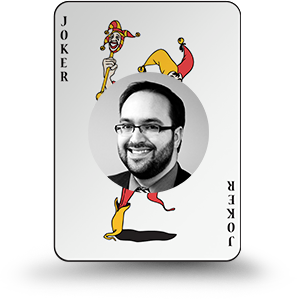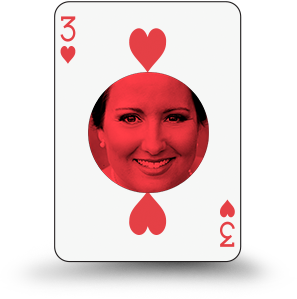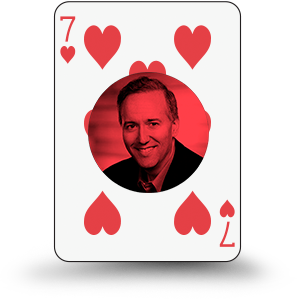
What marketing automation platform are you using and how long has it been a part of your tech stack?
The Global Marketing Organization at Iron Mountain is incredibly fortunate to have a highly robust MAP implementation with Oracle Eloqua. Eloqua has been part of the Iron Mountain technology stack since 2011, and truly became the hub of our integrated marketing programs beginning in 2014, when we made the decision to establish more concrete operational procedures and governance surrounding our approach to marketing automation. At that time, we completely re-configured and re-deployed Eloqua to the marketing organization with a commitment to leveraging Eloqua to enhance the maturity of our marketing approach. Backend process automation is just as important as frontend campaign automation.
Do you believe that you are maximizing the use of your MAP? Why or why not?
While many people consider marketing automation to be synonymous with email automation, to us it is far more than that. Yes, we use it for targeted email marketing, automated drip nurture, integrated webinars and the like, but we also use it for much more. We utilize multiple integrations into Eloqua, along with carefully considered workflow processes, to manage our marketing database in order to ensure data integrity, append insights, score leads and determine and manage demand funnel stage movements in conjunction with our CRM workflows. These processes enable us to deploy and manage more intelligent, integrated and measureable marketing programs from Eloqua and other integrated systems.
What are the challenges limiting your abilities to leverage the full functionality of your chosen MAP?
The way we use marketing automation is ever-evolving. New technologies, regulations and marketing trends necessitate continuous re-evaluation and optimization. With GDPR, for instance, we needed to update our approach to consent management. When new requirements like this emerge, we assess the tech landscape and consider whether there’s a need to add a new piece of technology into the mix, but we often find we can accomplish what’s needed by more fully leveraging the power of our existing systems. There’s always more power, efficiency and value that can be derived from your existing stack.
That being said, the real power of marketing automation platforms as a hub to the martech stack is in the ability to act as that hub, which means it needs to integrate as seamlessly as possible with others systems. Together, these tools are the foundation that enable really good marketing. As a rule, we do not evaluate new marketing partners and tech that do not have a proven track record of working with Eloqua. Oracle, in turn, must continue to be an accommodating player in the martech ecosystem. I am not brand-loyal when it comes to my martech — I want to be able to choose the companies and technology that are the best at what they do and integrate them with my existing stack.
What are the features/functionalities you are looking for your MAP to incorporate in 2019 to improve performance? Why?
The world — and the way we market to it — is fundamentally changing. Outbound marketing is more and more a channel for continuing conversations that have started elsewhere — not for initiating them. Marketers need to start those conversations in the watering holes our customers use to consume information and interact. As the way we interact with both people and brands becomes more homogenous, even in the B2B space, I expect to see more focus on the ways marketing automation can enable and capture multiplatform interactions and I see this as an area Eloqua currently lags in. Social media is a stand-out example. We marketers have a nasty habit of forcing the channels we can control on our customers, rather than embracing and harnessing the channels they choose. Companies like Oracle have the power to remedy that.
The B2B marketing space is more exciting and dynamic than ever before. We are in the midst of this fascinating dichotomy. We fully embrace account-based marketing as the construct to provide marketers with focus and sales-alignment, yet we are still ultimately marketing to people. It is people — not companies — who interact and buy, and the way in which we interact and buy in business is converging with the way we interact and buy in our personal lives. The end stage buying process may still be very different, with more decision makers and influencers in business than at home; but leading up to that signature, the people that bring you to the table are motivated — at least in part — for personal reasons. Marketers need to be able to create opportunities for those personal interactions in a highly scalable way … and I don’t mean using AI to trick people into thinking they’re having one-on-one email conversations.
What is your New Year’s resolution for marketing automation?
For all the love I have for the power of automation, I also fear we abuse it to the detriment of ourselves and our customers. My New Year’s resolution it to automate for good. Just because you can automate something because you have the tech, email someone because it’s legally OK to do so or target someone because they work at a company on your ABM list, doesn’t mean you should. With great power comes great responsibility — automate responsibly and with integrity. When in doubt, abide by the golden rule and market to others as you would want to be marketed to.



















